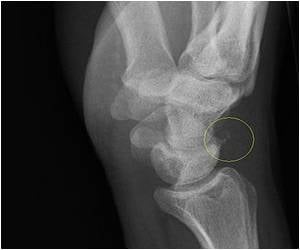Researchers from Johns Hopkins and Stanford universities in the US claim to have found why an amoeba is capable of evading the immune system for a long time.
The mystery behind how amoeba is able to hide from the immune system for a long time has been cracked by researchers from Johns Hopkins and Stanford universities in the US.
They claim that the tiny creature behind tens of thousands of dysentery deaths each year has a crafty method of slipping past our immune system.According to researchers, amoebae can get rid of giveaway chemicals on their surface - a similar technique that helps malaria parasites get into human cells.
In most symptom less cases, the body's immune system eventually gets rid of the infection, but it can continue for years on end.
Now, US researchers believe they have found out why the single-celled organism is capable of evading the immune system for so long.
Existing research on the plasmodium malaria parasite revealed that it used a type of cell chemical called a 'rhomboid enzyme' to help it get into the host cell.
Researchers conducted a scan of the DNA of other parasites, which revealed the same chemical in amoebae, and found that this chemical was capable of getting rid of a protein called lectin found on its surface.
Advertisement
"This is the first enzyme to be identified which looks like it could mediate immune system evasion," Times Online quoted Dr Sin Urban, who led the study, as saying.
Advertisement
Dr Graham Clark from the London School of Hygiene and Tropical Medicine, said that while effective treatments for amoebic dysentery did exist, it was often hard to identify, and could be mixed up with bacterial infection or even Crohns disease.
"In theory, this idea could help people who are trying to work on a vaccine. ut if you understood how these proteins are being 'sloughed off', that could help you get around this process," he said.
The study is published in the journal Genes and Development.
Source-ANI
RAS/L







